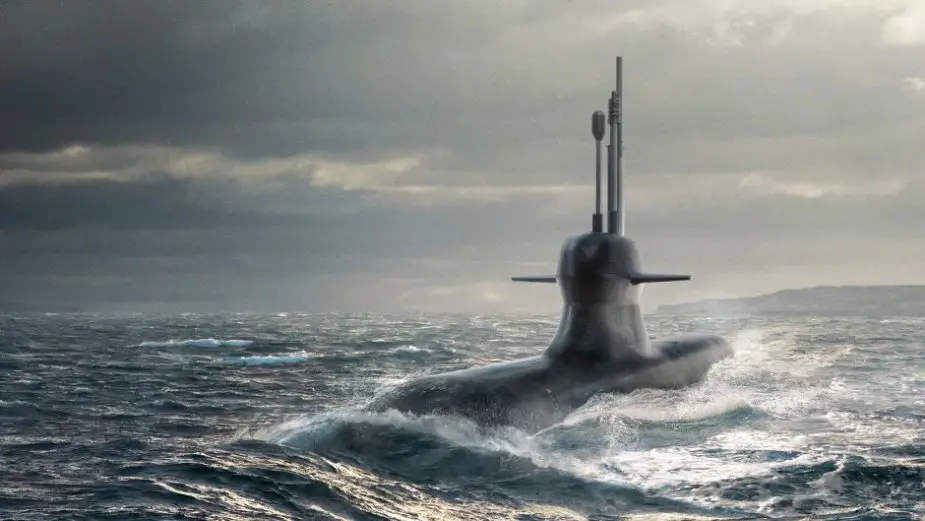Breaking news
Aft-section of Swedish Blekinge-class submarine has been put together.
The Blekinge-class submarine is next generation of submarines developed by Kockums for the Swedish Navy, also known as the A26 type. Two units are to equip the Swedish navy under the names of HSwMS Blekinge and HSwMS Skåne. The aft-section of one of them has been put in place.
 The A-26 is one of the most advanced and forward-looking non-nuclear submarine designs in the world. The baseline version is optimized for littoral combat (Illustration source: Saab)
The A-26 is one of the most advanced and forward-looking non-nuclear submarine designs in the world. The baseline version is optimized for littoral combat (Illustration source: Saab)
First planned at the beginning of the 1990s, the project was called "U-båt 2000" and was intended to be ready by the late 1990s or early 2000. With the end of the Cold War the naval threat from the Soviet Union disappeared and the new submarine class was deemed unnecessary. The project lay dormant for years until the mid-2000s when the need for a replacement for the Södermanland class became apparent. Originally, the Scandinavian countries had intended to collaborate on the Viking class, but Denmark's withdrawal from submarine operations meant that Kockums proceeded on their own.
On 18 March 2015, the project was restarted after the Swedish government placed a formal order for two A26 submarines for a maximum total cost of SEK 8.2 bn (approximately US$840 Million). A Letter of Intent (LOI) had earlier been signed by Saab and FMV (The Swedish Defence Material Administration) in June 2014 regarding the Swedish Armed Forces’ underwater capability for the period 2015-2024. Saab has since acquired Kockums. The order in question for the two A26 submarines has been placed with what is now "Saab Kockums." These are to be delivered no later than 2022.
Saab's new A26 submarines use advanced technology to make them effectively invisible – by balancing the complete range of signatures. This makes them impossible to detect, classify and localize. Sweden has a long history of designing silent submarines. The A26 features large, resiliently mounted platforms, using extensive flexible mountings and baffles to minimize structural borne and transient noise, as well as absorb shocks. To further reduce sound, the space between the frames is filled with acoustic damping materials. This approach is used in a unique combination with many other features and methods such as sound-isolated AIP Stirling and diesel engine modules; flexible hoses and compensators; specifying maximum flow speed in air ducts and pipes; minimum bending radius on pipes; and the special design of the hull, fin and casing.


























